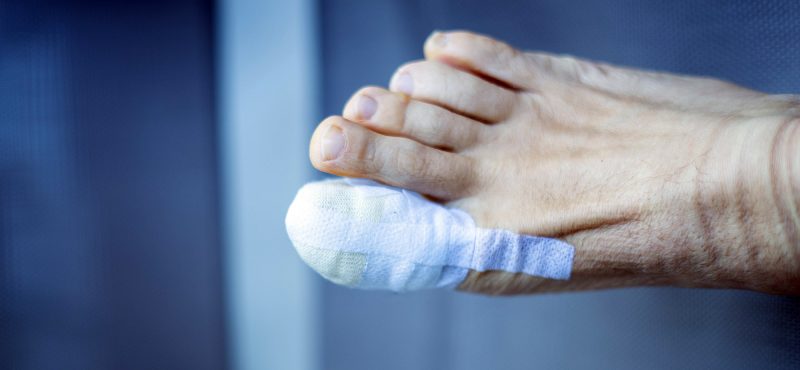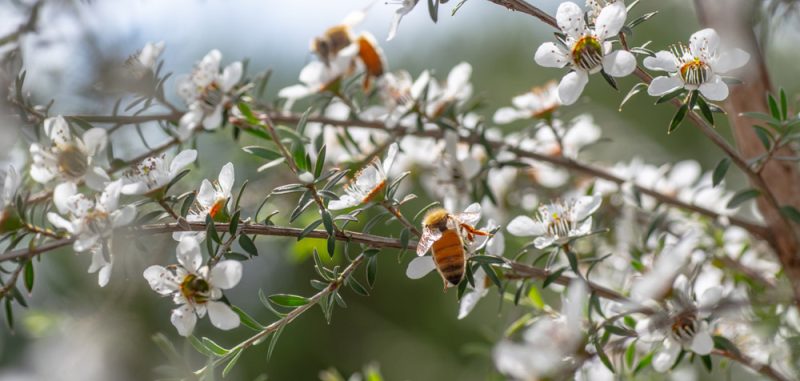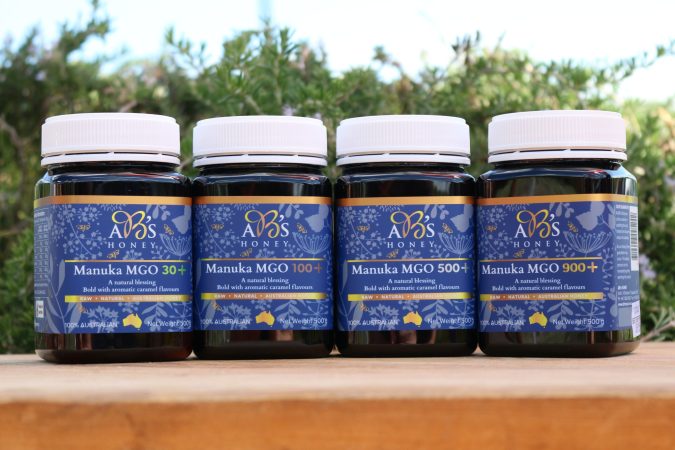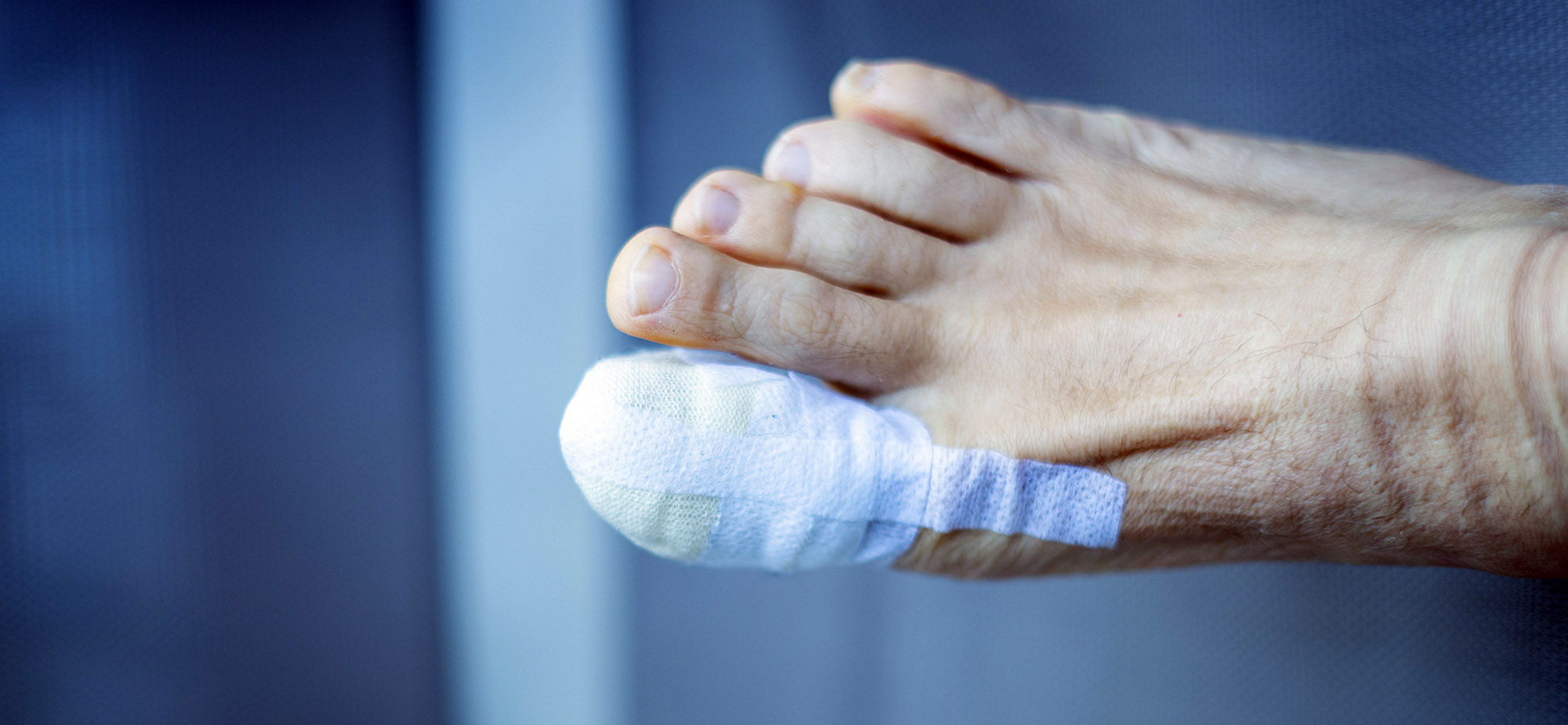Falling down that Facebook scroll rabbit hole, I came across a story about some maxillofacial surgeons who came face to face with a superbug. Their patients developed deep (and growing) infections in their facial tissue and none of the modern anti-biotics could stop these wounds from worsening. In desperation, they turned to a traditional method of wound management, Manuka Honey. After months of high-dose drug regimens that failed to even slow the bacterial growth, the honey, applied to their dressings not only killed the bugs but accelerated tissue regrowth. 100% of their patients healed completely in 30 days. It sounded like one of those “too good to be true” magical cures that get peddled by pseudo-science charlatans. But my mother’s generation swore by honey as a cure for everything from winter flu to acne to diarrhea, so I decided to dig deeper down the rabbit hole. And what I found was a LOT of evidence that Manuka Honey can have a massive impact on diabetic wounds.

When doctors couldn’t stop the infection, they turned to nature, and it worked.
Wound care for diabetes
We’ve all seen it. Friends and family with diabetes who spend half their lives at the wound care clinic, worried about losing toes and spreading infections. Diabetes causes damage to blood vessels and reduced circulation. So, when you get a wound, especially on your feet, the body can’t get the nutrients and oxygen in there to complete the healing process. The result? Persistent infections that simply won’t heal, no superbugs needed. Manuka Honey attacks the infection from the outside; no super-duper circulation is required.
The Manuka Honey Mysteries

New Zealand and Australia’s First Nations People have been using Manuka (and other active honey variants) for thousands of years in a host of traditional medicines. Like so many of these “alternative medicines,” there isn’t much money in it for pharmaceutical companies, so expensive clinical trials aren’t run that often. But in the age of the superbug and of persistent diabetic wound care, Manuka is getting a second look by science. It’s not just about diabetic wound care either, Manuka is being tested against a host of inflammatory diseases, viruses, and circulatory problems. But, one issue at a time, there are only so many scientific papers I can try to read in one day….
Manuka Honey and Diabetic Wound Care Studies
So what have the scientists found so far? When processed and handled correctly active Manuka Honey (containing high levels of Methylglyoxal – known as MGO) does some pretty amazing stuff.
- Manuka Honey contains a selection of chemicals (including MGO) that kill microbes including superbug MRSA
- Manuka Honey “cleans out and protects” diabetic ulcers
- Manuka Honey stimulates macrophages that kick start scar tissue growth in diabetic and burn patients
- Applied topically, Manuka Honey reduces “moisture” in wounds which slows bacterial growth
- Manuka Honey stimulates Cytokine production which is key to immune response
- Manuka Honey “changes the shape” of some bacteria, which means they cannot divide and reproduce.
- Manuka Honey causes premature cell division (akin to “birth defects”) in some bacteria which stops that cell from dividing before it dies.
- Manuka Honey kills bacteria in the “biofilm” allowing for “healthier and faster scab development” (sounds delightful)
Is it only Manuka Honey?
While table honey offers some of these properties, Manuka Honey has been proven to have the highest impact across the wound care board. That is honey resulting from bees visiting plants from the Leptospermum family – found predominantly in Australia and New Zealand. Australia is home to 84 of the 87 species. In Asia there are MGO-containing kinds of honey produced from native trees there however they don’t have anywhere near the same MGO levels as Australian and New Zealand Manuka.
So, where do you get your hands on the good stuff?

So reading up on how to get my hands on the good stuff, there are a few options. There are some ready-made products in chemists and alternative health stores but now I’ve read up on the potency issues, I don’t think I’d spend money on any one product. The issue is (and always speak to your doctor before trying something new) that you need to know the potency of the honey as it’s got medicinal properties and you can believe it or not, overdose if you eat it. So, this is all about the diabetic wound treatment, applied topically, not messing with it on a spoon!
- The best Manuka Honey is pure, with minimal processing (just sieved for chunks of beeswax etc) and is only produced in Australia or New Zealand. There are other “versions”, but these have not been tested for diabetic wound care.
- The best Manuka Honey for wound care is high MGO – 900+ independently tested and rated. If you eat this though, you’re at risk of overdosing. DO NOT EAT IT. Get the lower MGO stuff if you want to snack on it. Speak to your doctor before you do anything!
- Not all Manuka Honey is created equal. Apparently, honey fraud is a massive thing, who knew? So, you have to get it from a place that has independent quality audits done or you could be paying for Chinese sugar water (not even kidding, this is a whole drama!)
- It doesn’t go bad. You can buy a jar and stick it in your medicine chest and keep it there for years (some estimate decades or even millennia) without it spoiling.
- Manuka Honey is expensive because it’s rarer than other kinds of honey. So, make sure you are getting what you pay for.
- You can buy Manuka Honey in bulk to get it cheaper (and divvy it up with friends, like a honey-themed Costco trip) or you can choose a supplier that ticks all the above boxes. Australian Beekeepers Honey (AB’s Honey) sells its pure high MGO Manuka Honey in small pots for individuals here.
From what I have read on this Manuka Honey for diabetic wound care learning journey, the best advice is simple. Don’t heat it up. Don’t process it beyond making sure it’s clean and pure. Don’t mess with it. Nature made a perfect product. Just slap it on some bandages and let it do what it does best. And always talk to your doctor before trying new healthcare products. She may be skeptical, but get her OK to go ahead nonetheless.
Disclosure: Australian Beekeeper’s Honey has been very helpful in my slide down the rabbit hole of Manuka Honey. However, I do not receive commissions on the sale of their products.




